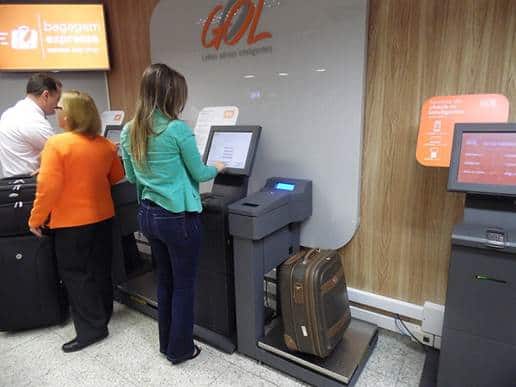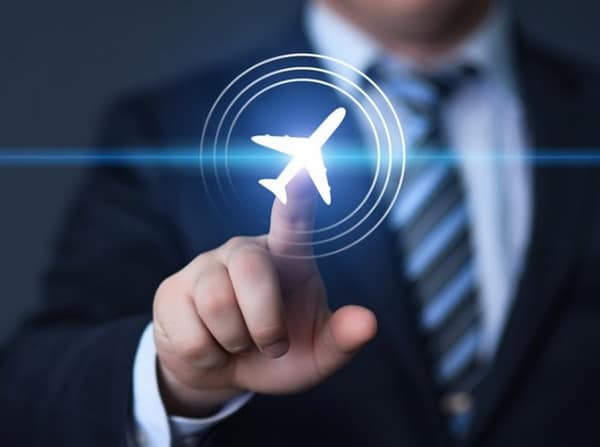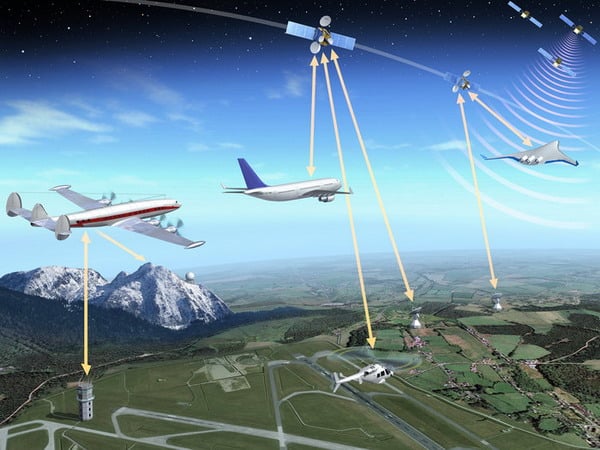
Aircraft carried much more than passengers during those years. They allowed technologies to cross the globe. We saw a huge jump in the capacity of the engines that made planes take off. We follow the evolution of communication systems, geolocation, navigation and much more.
We are still following several forms of innovation in air transport and there are a lot more news that promise to become essential in aviation in the coming years. Below we talk a little about some that are already successful today and others that may revolutionize the industry soon.
What is already revolutionizing the airport technology
A major innovation in air transport, which emerged and took over silently, was the computerization of all check-in, dispatch, ticket issuance processes, etc. It is difficult to imagine buying a ticket without using a cell phone or computer. Everything can be done in a practical and quick way in seconds, since the vast majority of airline and airport systems work together.
Another innovation that brings great advantages, especially for those who travel a lot, is the popularization of frequent flyer programs, benefit clubs and even systems for the purchase and exchange of points, miles, tickets and so on. Today it is easy to find cheap tickets and still receive other benefits in return.
And since we are in an ultra-connected time, it is impossible to still accept that we need to turn off our devices and go offline while traveling. Therefore, airlines are increasingly investing in modern entertainment systems, which allow passengers to watch movies, series, listen to music, follow the flight path and do much more.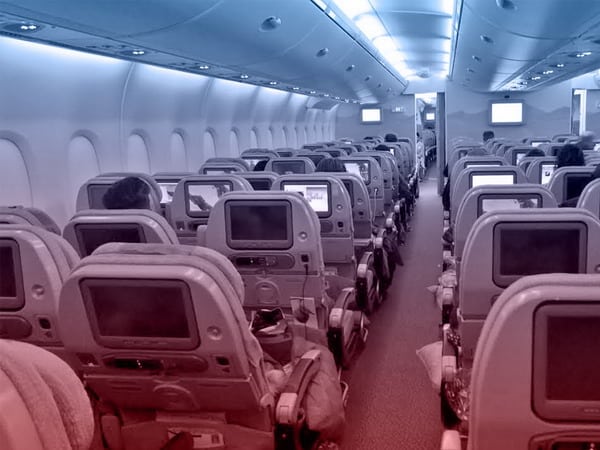
In American aviation companies there are also aircraft with high quality wifi, which works even in the middle of the ocean. It is a matter of time before they all provide this (almost essential) convenience to their passengers.
And these are just some of the main innovations found in the daily life of the airline industry. Within cockpits, galleys, workshops and hangars there are still many other technologies that are far from our eyes, but make all the difference in this business.
What will still emerge from innovation in air transport in the coming years
In the coming years, aviation tends to maintain its growth. Air travel costs will continue to fall, technology will continue to evolve and, as a result, more planes and passengers will be taking to the skies around the world.
In this scenario, it is natural that innovation in air transport continues to walk at a fast pace. Imagining this evolution, in fact, the International Air Transport Association (IATA) created the Vision 2050 report , which projects which technologies and innovations will soon be trending in the sector.
Among the main conclusions found in this and other similar publications, there is the need to expand aircraft and airports to serve an increasing number of passengers. Thus, low-cost companies are studying reducing seats and reducing spaces to allocate more passengers on short flights. Thus, it is expected that the use of aircraft with more than 500 seats will soon be common.
With more passengers and larger aircraft, airports will also need to undergo major changes. We will also need more efficient fuels and engines capable of guaranteeing more autonomy. In addition, the very way of generating energy for airplanes will change, leaving fossil fuels in less quantity, emphasizing the use of biofuels and even solar energy.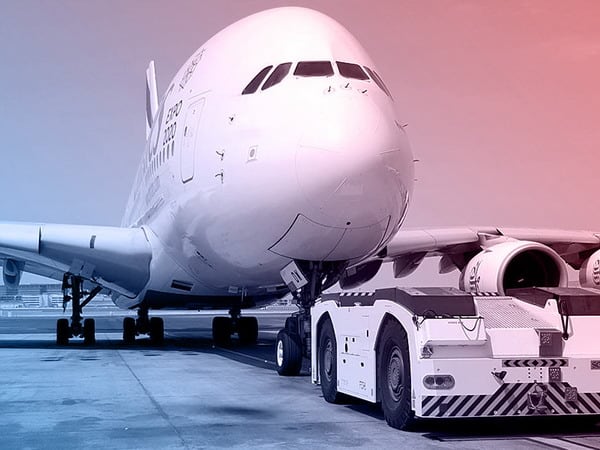
And if we wait for more people and planes across the sky, we need to think of ways to deal with this growing traffic. We already have initiatives that aim to create a satellite information network to increase flexibility and facilitate the work of controllers on the ground. This type of innovation in air transport will even allow to reduce the minimum separation and allow more direct routes.
Although many predictions seem distant, we must remember that we live in a time of ample access to information and the exponential development of technologies. Those who live will see an increasingly strong aeronautical industry, using cutting-edge technology and valuing professionals who are part of the growing airline industry. Whoever embarks on careers in this area now, in the future, will be taking ever larger flights.

